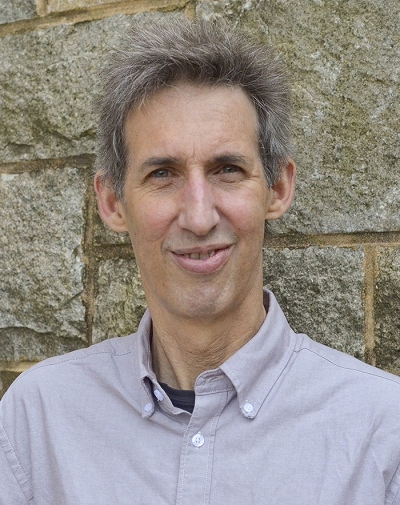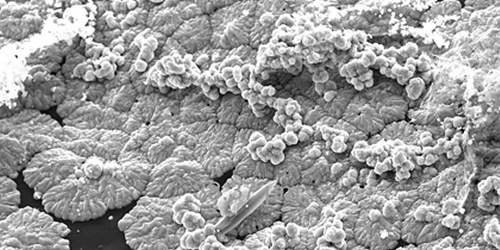Boston College Professor of Physics David Broido is part of a team of researchers from six universities awarded a five-year, $7.5-million grant from the Office of Naval Research to develop new, highly efficient heat-conducting materials.
The grant came from the Department of Defense’s Multidisciplinary University Research Initiative (MURI) program, which this year awarded $162 million to 23 teams focused on “high risk-high reward” projects pursuing significant scientific and technological breakthroughs.
Broido will collaborate with researchers David Cahill from the University of Illinois, Gang Chen from the Massachusetts Institute of Technology, Ni Ni from the University of California, Los Angeles, Li Shi from the University of Texas, Austin, and former Boston College faculty member Zhifeng Ren, now at the University of Houston.
The team will work to develop cost-effective and high-quality substitutes for diamond, which is the best heat conductor. But natural diamond is too rare and expensive, and high-quality synthetic diamond is also costly and difficult to produce for widespread applications.
Materials with extremely high thermal conductivity are urgently needed for passive cooling, where they can efficiently channel heat away from performance-inhibiting “hot spots” that develop in microelectronic devices. As such devices continue to shrink in size, efficient cooling is becoming a top priority in order to yield advancements in design and performance, said Broido.
As part of this project, the team will try to confirm the prediction made by Broido and collaborators that the compound, boron arsenide, can offer diamond-like performance at reasonable cost.
“If you look at all the elements on the periodic table and ask: Which ones can I combine together to make the best heat conductor? The conventional guidelines point to diamond as by far the best option,” Broido said.
That theoretical benchmark has stalled research to identify new high thermal conductivity materials for decades, he said.
Three years ago, Broido and collaborators Lucas Lindsay, Ph.D. ’10, of Oak Ridge National Laboratory, and Tom Reinecke from the U.S. Naval Research Laboratory found that the conventional guidelines were incomplete.
Using powerful computational tools, they demonstrated that a combination of material properties not encompassed by the conventional guidelines could sharply reduce thermal resistance. They predicted that one material, cubic boron arsenide, should have a remarkably high thermal conductivity comparable to that of diamond. This finding contradicts the conventional guidelines, which predict that boron arsenide should conduct heat ten times worse than diamond.
The MURI grant brings together researchers who have pioneered new ways to computationally search for candidate materials, and to synthesize and measure their properties by using novel materials fabrication and characterization techniques.
“The team’s challenge is to make high quality boron arsenide, to confirm the performance predictions through measurements, and more broadly to understand heat flow in materials at a fundamental level,” said Broido. “I'm excited about the opportunity to participate in this collaborative interdisciplinary project. As well as involving university faculty and scientists at national labs throughout the U.S., it will also support training of postdoctoral fellows and graduate students.”
By Ed Hayward | News & Public Affairs





